From the majestic red deer and soaring golden eagles that patrol the Cairngorm mountains to the chatty fulmars and comical puffins that dot the coasts of Orkney, the north is blessed with some of Scotland’s most impressive and endearing wildlife.
Visitors flock from throughout the UK and around the world to see such spectacular species.
According to NatureScot, the public body formerly known as Scottish Natural Heritage, nature-based tourism accounts for nearly 40% of Scotland’s £4 billion tourism industry. And it supports the equivalent of 39,000 jobs.
The human threat to nature
Yet sometimes tourists and locals alike, often unintentionally, disturb the very wildlife they’ve come to see.
Forestry and Land Scotland (FLS), the Scottish Government agency created in 2019 to take over some of the functions of Forestry Commission Scotland, issued a warning last month to wild campers and other wildlife watchers over the dangers of litter, fires, and other forms of disturbance.
FLS environment manager Colin Edwards said: “We’re not trying to stop people, we’re not trying to police activity in the woods. We just want to make sure people are being as responsible as they can, such as ensuring your dog’s under control and not disturbing ground-nesting birds.
“If people understand that going off the path could have unintended consequences, then usually they’re more than happy to stick to the paths.”
A problem around the world
Disturbing wild animals is an issue that extends beyond Scotland.
In 2021 Swiss animal rights charity Stiftung fur das Tier im Recht launched a campaign under the slogan “wild animals suffer from constantly being touched by tourists”. It features eye-catching posters created by the Ruf Lanz agency. The campaign warns against activities including snapshots with sloths, selfies with tiger cubs, and koala bear cuddling.
TIR deputy executive director Vanessa Gerritsen said: “Our campaign is mostly about hidden animal suffering, such as pain, anxiety, harm, and other forms of suffering that are not obvious to people, especially if they are in a vacation mood. All the themes are listed on our website, along with links to further information, so that tourists can inform themselves about the background to the problem.
“The campaign is intended to point out to people they should show respect and think before touching an unfamiliar living being, and they should avoid such offers in vacation destinations at all costs.”
Following a code of conduct
While Scotland’s tour operators are unlikely to be offering exotic petting opportunities, the risk of disturbing animals in the wild is still an issue.
So, as holiday companies continue to recover from the Covid pandemic, what are tour operators doing to protect the wildlife they want to show to their guests?
Wild Scotland – the membership body representing this country’s wildlife and adventure tourism operators – has guidance on its website for members of the public who are going in search of species, with links to further advice from NatureScot. Members also sign-up to a code of conduct and best practice principles, which commits them to operating sustainably and responsibly.
Wild Scotland – It's in our Nature! You can find out more how our members commit to #sustainabletourism here https://t.co/65HMsoF04Z
Image: @UistSeaTours #NutureInScotland #adventuretravel #wonderseeker #keepscotlandwild #scotspirit #VisitScotland #ResponsibleTravel pic.twitter.com/kmzDy4Qghf— Wild Scotland (@wildscotland) August 12, 2023
Cath Wright, part of the leadership team at Wild Scotland, said: “Having our principles and our code of conduct in place sets the bar of what we expect, with one of our principles being ‘excellence’.
“It means our members have a level they know we’re all at or aspiring to be at. They know they’re part of a bigger picture and an organisation that has that expectation.”
No tour operators have needed to be disciplined for breaking the code of conduct.
“We are constantly having conversations with our members and so I would hope it would never get to that point,” added Ms Wright. “Having a code of conduct in place attracts businesses to the organisation, because it means they get guidance they’re perhaps not finding in other places.”
Lek It Be campaign helping to protect Scotland’s notoriously shy capercaillie
Advice is also being offered by other organisations to protect specific species.
Capercaillie numbers in Scotland have plummeted from around 20,000 in the 1970s to around 500 today due to habitat loss, wet springs, predation, deer fence collisions and disturbance by people.
Earlier this year the Cairngorm Capercaillie Project launched its Lek It Be campaign, which encouraged birdwatchers, photographers and tour guides to leave the giant wood grouse alone during its breeding season, including when males gather at “lekking” sites to display for females. The campaign is already having an effect, with the number of people challenged by countryside rangers near known lekking sites falling year-on-year.
Seven companies have also signed up to become Lek It Be “champions”, committing not to take guests out in search of capercaillie.
Project manager Carolyn Robertson said: “Some of the guides had already stopped taking guests to look for capercaillie five or six years ago, and so signing up as ‘champions’ rubber-stamped what they were already doing.
“One of them did a rough tally of how much business he’d turned down in not looking for capercaillie and it was about £10,000 over five years, so it is a hit to their business.
We are carrying out patrols with partners as part of the #LekItBe campaign to prevent harm to endangered Capercailles in the Cairngorm National Park. It is a criminal offence to disturb them when they are lekking, nesting and raising their young.
More: https://t.co/bXt0Rj1ora pic.twitter.com/u8MEATqxef— Police Scotland Highland & Islands (@PSOSHighland) April 14, 2023
“Some bigger companies may still have pictures of capercaillie on their websites or in their marketing materials, but their guides on the ground won’t actually go looking for the birds. It’ll take time for the message to filter all the way through larger companies.”
As well as its Lek It Be campaign, the project is working with Balmoral Estate to build a “virtual lek” in its old stables, so visitors can watch videos of the birds without disturbing them in the wild.
Leading by example
Individual operators are also taking steps to make sure they don’t disturb wildlife.
Sally Dowden, owner of Speyside Wildlife, has run mammal hides in Strathspey for the past 20 years. She welcomes visitors to her site at Inshriach, near Aviemore, where guests can see species including pine martens and badgers without disturbing them.
“You could say we put the people in a cage and then let the animals come to see them,” Ms Dowden said, adding: “We show real people real things in real places. Our guests are a mix of wildlife watchers who want to see species like badgers and pine martens, because they haven’t seen them before, and also visitors to the area who want to do something completely different. We hope they go away inspired to take an interest in nature.”
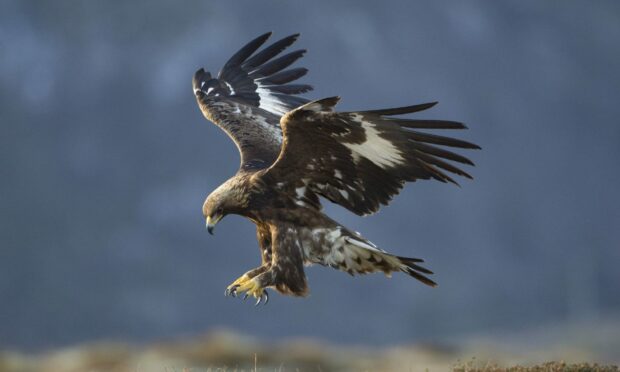
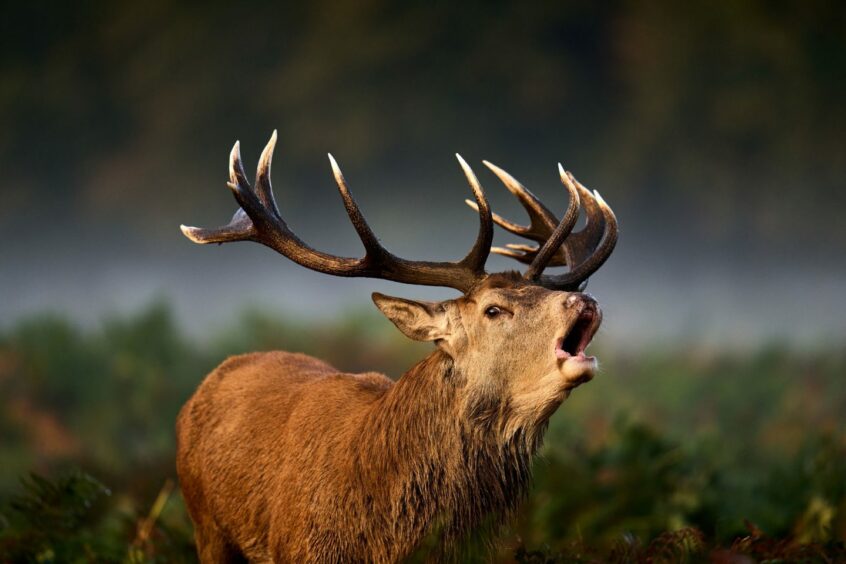
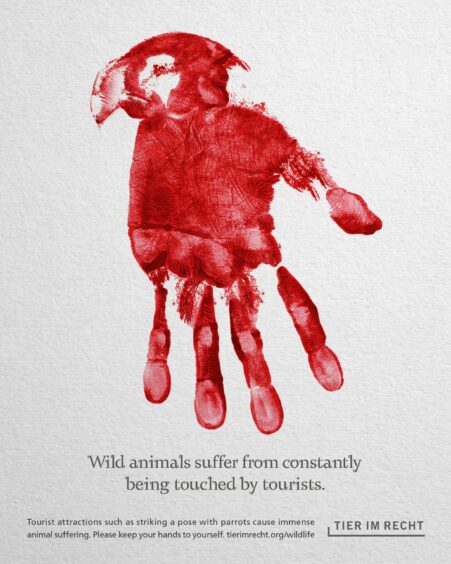
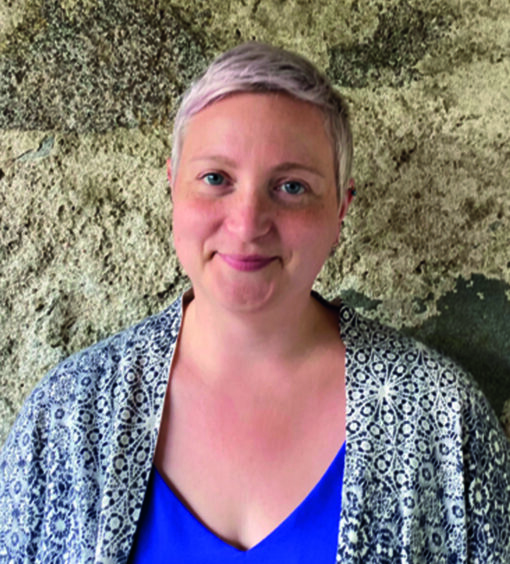
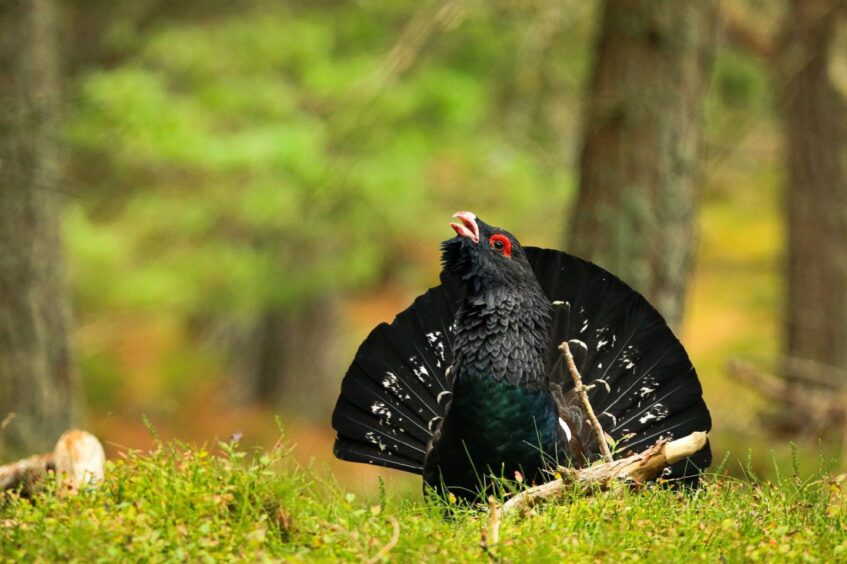
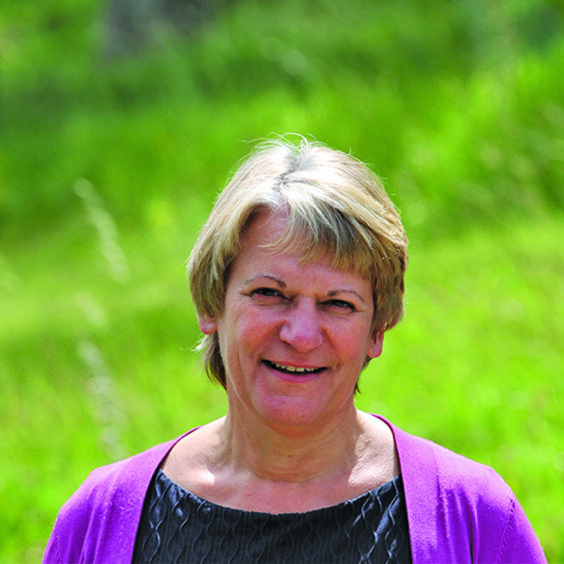
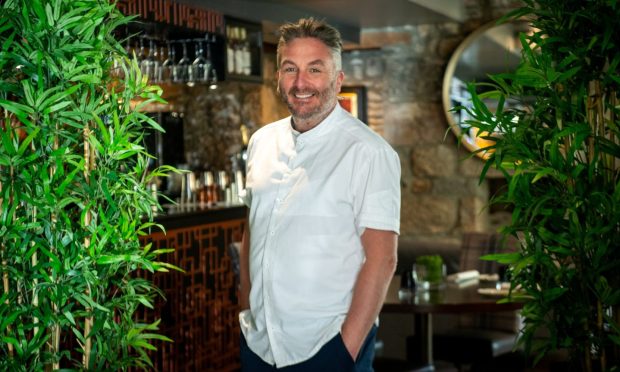






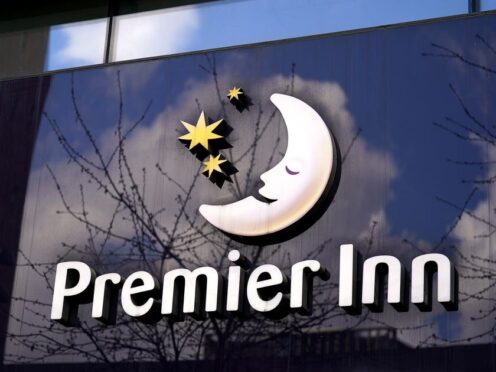
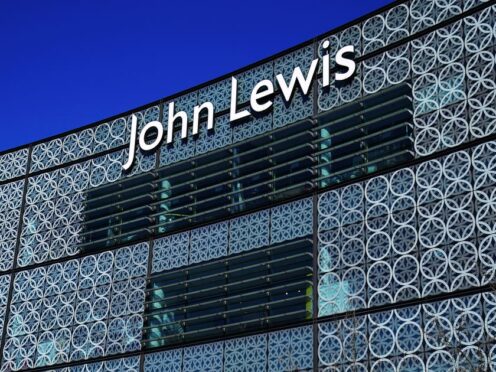
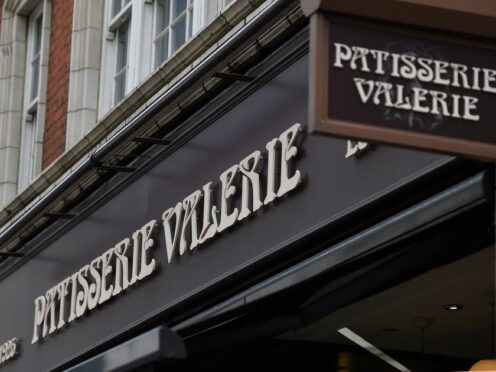
Conversation